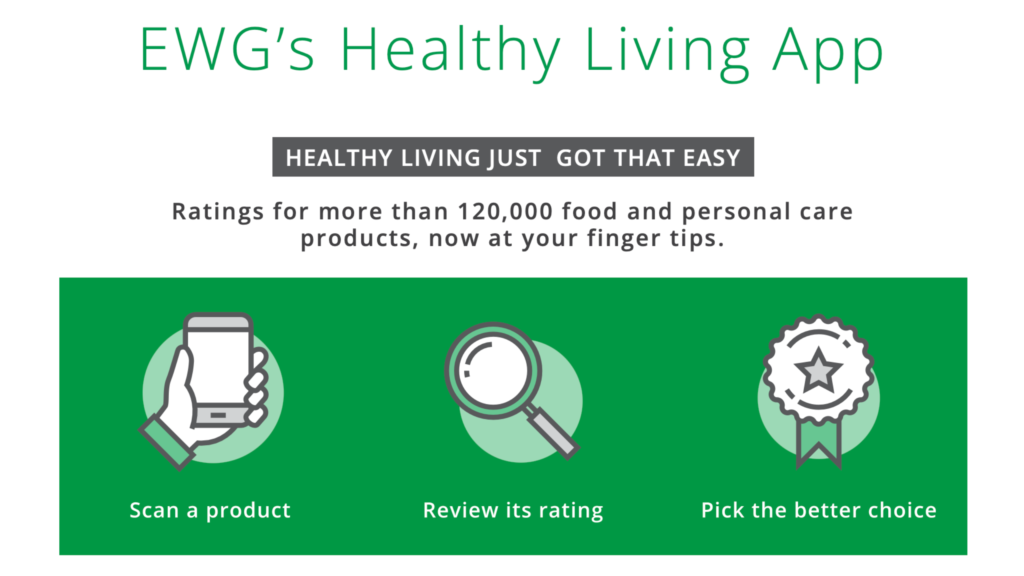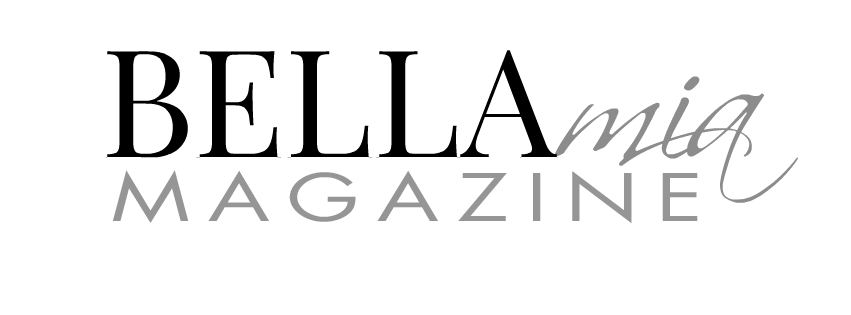 We live in a world where environmental toxins are everywhere—and ignoring them is no longer an option. These aren’t just hidden threats; they’re affecting your health every day in ways you might not realize. From the receipt you touch to the pan you cook on, toxins are infiltrating your life. It’s time to take action and protect yourself. Here are 10 surprising sources of toxins and, more importantly, how you can reduce your exposure starting today.
We live in a world where environmental toxins are everywhere—and ignoring them is no longer an option. These aren’t just hidden threats; they’re affecting your health every day in ways you might not realize. From the receipt you touch to the pan you cook on, toxins are infiltrating your life. It’s time to take action and protect yourself. Here are 10 surprising sources of toxins and, more importantly, how you can reduce your exposure starting today.
1. Receipts
Those paper receipts you handle every day? They’re coated with bisphenol-A (BPA), a known endocrine disruptor linked to infertility, obesity, and even cancer. And yes, just touching them is enough to transfer BPA into your body. It’s not a risk—it’s a reality. Opt for digital receipts whenever you can. Your health depends on it.
2. Non-Stick Pans
Non-stick pans may make cooking easier, but they’re releasing harmful toxins into the air every time you use them. Perfluorooctanoic acid (PFOA)—the chemical that gives non-stick pans their slick surface—has been linked to cancer, thyroid disease, and more. Ditch the non-stick and choose stainless steel or ceramic pans. Cooking should nourish you, not harm you.
3. Air Fresheners
Fresh air shouldn’t come with a side of toxic chemicals. Many air fresheners contain phthalates and volatile organic compounds (VOCs)—both of which can mess with your respiratory system and disrupt your hormones. Instead, use essential oils to freshen your space naturally. Clean air is what your lungs need—not a cocktail of chemicals.
4. Canned Foods
Canned foods aren’t just convenient—they’re also lined with BPA, a chemical linked to serious health problems like infertility and cancer. Don’t let a quick meal come at a long-term cost. Opt for fresh, frozen, or BPA-free canned products to keep toxins off your plate.
5. Antibacterial Soap
Triclosan—a chemical found in many antibacterial soaps—does more harm than good. It disrupts hormone function and contributes to antibiotic resistance, making you more vulnerable to illness, not less. Stick to regular soap and water for an effective, toxin-free clean.
6. Dry Cleaning
That fresh-from-the-dry-cleaner scent? It’s masking something more sinister. Perchloroethylene (PERC), used in most dry cleaning, is a carcinogen linked to dizziness, headaches, and long-term health risks. Seek out eco-friendly dry cleaners or, better yet, wash clothes at home when possible. It’s time to stop paying for convenience with your health.
7. Carpeting
Your cozy carpet could be hiding a toxic secret. Flame retardants and phthalates commonly found in carpets can leach into the air, harming your hormones and increasing cancer risk. Consider switching to natural fiber rugs or toxin-free carpeting to breathe easier in your home.
8. Plastic Water Bottles
Reusing plastic water bottles might seem like a smart eco-friendly move, but many contain BPA and other chemicals that leach into your water. Switch to stainless steel or glass water bottles to protect both your health and the planet.
9. Cleaning Products
Most cleaning products on store shelves are packed with VOCs and phthalates—chemicals that can trigger asthma, irritate your lungs, and disrupt your hormones. The good news? You don’t need them. Choose natural cleaners or make your own with safe, simple ingredients like vinegar and baking soda. Your home can sparkle without the toxins.
10. Personal Care Products
Your shampoo, lotion, and soap might be doing more harm than good. Phthalates and parabens—common ingredients in personal care products—are linked to hormone disruption and cancer. Switch to natural, toxin-free personal care products, or better yet, make your own with simple ingredients like coconut oil and essential oils.
What You Can Do Right Now
Environmental toxins aren’t just an abstract idea—they’re real, and they’re impacting your health every single day. But you have the power to make changes now. By ditching toxic products, choosing safer alternatives, and becoming more mindful of the chemicals in your environment, you’re taking critical steps to protect your well-being. Start small, but start now. Your health isn’t something to gamble with—it’s something to guard.
For more help identifying safer products, check out the EWG’s Healthy Living App. It’s free and will help you make smarter, healthier choices for you and your family.

Healthy Choices at Your Fingertips
Scan, review, and make better choices for over 120,000 food and personal care products—quick and easy. Click on the image to learn how to download the EWG’s free Healthy Living App today and start making informed decisions that protect your health.
Resources For Further Research
Here are some helpful resources for further information on environmental toxins and ways to reduce your exposure:
- Environmental Working Group (EWG) – This non-profit organization provides a database of products and ingredients rated based on their level of toxicity. Their website also contains helpful guides and articles on environmental toxins. Visit their website at https://www.ewg.org/.
- PubMed – PubMed is a free database of biomedical literature, which includes research articles on environmental toxins and their health effects. Visit their website at https://pubmed.ncbi.nlm.nih.gov/.
- National Institute of Environmental Health Sciences (NIEHS) – NIEHS is a government agency that conducts research on environmental toxins and their health effects. Their website contains helpful resources and information on environmental toxins. Visit their website at https://www.niehs.nih.gov/.
- Safer Chemicals, Healthy Families – This coalition of environmental and health organizations provides resources and information on safer alternatives to toxic chemicals. Visit their website at https://saferchemicals.org
By using these resources and staying informed about the sources of environmental toxins, you can take steps to reduce your exposure and protect your health.
I hope you find this post and these resources helpful!
If you’d like to discuss your health goals and the coaching options I offer, please email me here.





